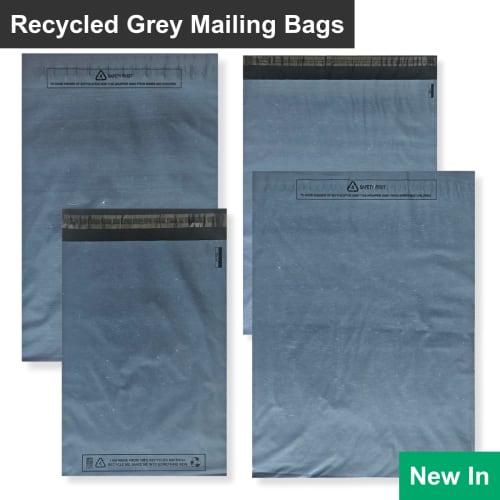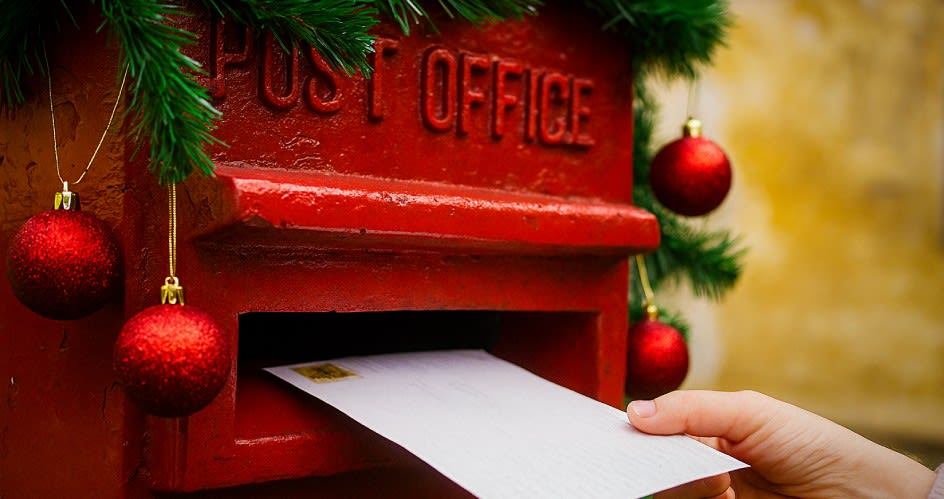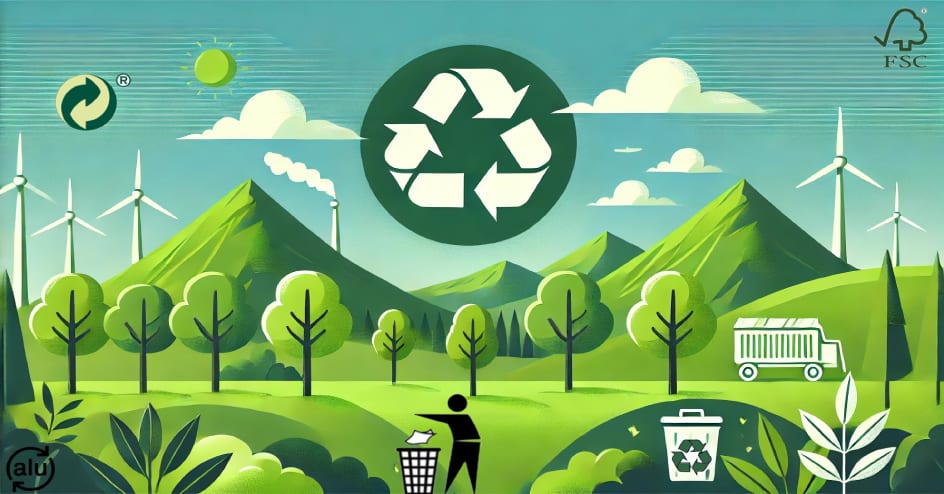UK Extended Producer Responsibility (EPR) for Packaging – The Complete 2025 Guide
Everything UK businesses need to know about the new Extended Producer Responsibility (EPR) for packaging regulations — including deadlines, reporting requirements, costs by material type, and FAQs.
What is Extended Producer Responsibility (EPR)?
Extended Producer Responsibility (EPR) is a UK government initiative requiring packaging producers to cover the full net costs of collecting, recycling, and disposing of household packaging waste. Under the old Packaging Waste Regulations 2007, businesses paid for recycling indirectly via PRNs and PERNs. EPR builds on this by introducing detailed reporting and direct cost recovery from producers.
Who Does EPR Apply To?
EPR applies to organisations that meet the following thresholds:
- Large organisations: Annual turnover of £2 million or more and handle more than 50 tonnes of packaging per year.
- Small organisations: Annual turnover between £1 million and £2 million, or handle between 25 and 50 tonnes of packaging per year (different obligations apply).
If your business has a turnover of £5 million and handles more than 50 tonnes of packaging, you are considered a large organisation and must comply with full EPR requirements.
EPR Timeline for Large Organisations
| Date | Requirement |
|---|---|
| January 2023 | Start collecting detailed packaging data by material and waste stream. |
| July 2024 | Begin submitting packaging data to the government’s online system twice a year. |
| October 2025 | First government invoices issued for full net cost EPR household packaging fees (based on 2024 data). |
PRNs vs EPR Fees – What’s the Difference?
PRNs/PERNs: Certificates purchased to prove that a certain amount of packaging waste has been recycled, in place since the 1990s. Costs vary based on market supply and demand.
EPR fees: New, government-set charges that will cover the actual cost of dealing with household packaging waste. These have been delayed and will now start from October 2025.
Typical PRN Costs by Material Type (2024–2025 Trends)
PRN prices change weekly and depend on market conditions. Below is a general guide based on recent market averages. Actual prices may vary significantly:
| Material | Typical PRN Price Range (£/tonne) | Key Cost Drivers |
|---|---|---|
| Plastic | £150 – £300 | High recycling target, limited domestic reprocessing capacity. |
| Aluminium | £50 – £200 | Export market reliance, fluctuating scrap values. |
| Steel | £10 – £50 | Stable domestic market, high recycling rates. |
| Paper/Cardboard | £10 – £30 | Strong domestic capacity, high recovery rates. |
| Glass (Remelt) | £15 – £40 | Domestic processing availability, colour mix issues. |
| Glass (Aggregate) | £3 – £10 | Lower-value recovery route, used when remelt capacity is full. |
| Wood | £5 – £20 | Reprocessing demand for chipboard and biomass. |
EPR household packaging fees will be in addition to these PRN costs from October 2025, and will be calculated per material type based on full net cost principles.
Frequently Asked Questions
The UK government has postponed the start of EPR household packaging fees until October 2025. Businesses will first be billed in October 2025 for costs based on their 2024 packaging data.
No. PRNs/PERNs are part of the old Packaging Waste Regulations system and still apply now. EPR fees are new charges that will cover the full cost of dealing with household packaging waste, starting from October 2025.
PRN prices fluctuate based on market conditions and recycling targets. Recent years have seen higher demand, tighter supply, and increased admin costs for EPR reporting, which has pushed prices up — even before the new EPR fees begin.
Small organisations (turnover £1m–£2m or packaging handled 25–50 tonnes/year) have reduced reporting requirements and will not pay full net cost household fees. However, they must still report some packaging data to the government.
EPR fees will be based on the type of material, its recyclability, and the actual costs of collection, sorting, and recycling. The government will publish per-tonne rates for each material type before October 2025.
Not entirely. PRNs/PERNs will continue to apply for commercial and industrial packaging. EPR household packaging fees will apply in addition for household waste streams.
How to Reduce Your Packaging Costs Under EPR
With the introduction of Extended Producer Responsibility (EPR), managing your packaging costs efficiently is more important than ever. By optimising the types and amounts of packaging you use, you can significantly reduce your compliance fees.
Here are a few tips to help control your packaging costs:
- Choose recyclable materials: Opt for packaging that is widely recycled, such as cardboard or certain plastics, to lower your EPR fees.
- Reduce packaging weight and volume: Minimise excess packaging to reduce the total tonnes reported.
- Use standard sizes: Standard packaging sizes often cost less and are easier to recycle.
- Source sustainable packaging: Using eco-friendly or recycled materials can improve your sustainability credentials and sometimes lower costs.
Explore our range of high-quality, compliant packaging solutions designed to help your business stay ahead of EPR regulations while controlling costs. Whether you need custom printed envelopes, sustainable boxes, or eco-friendly envelopes, we offer competitively priced options tailored to your business needs.





















